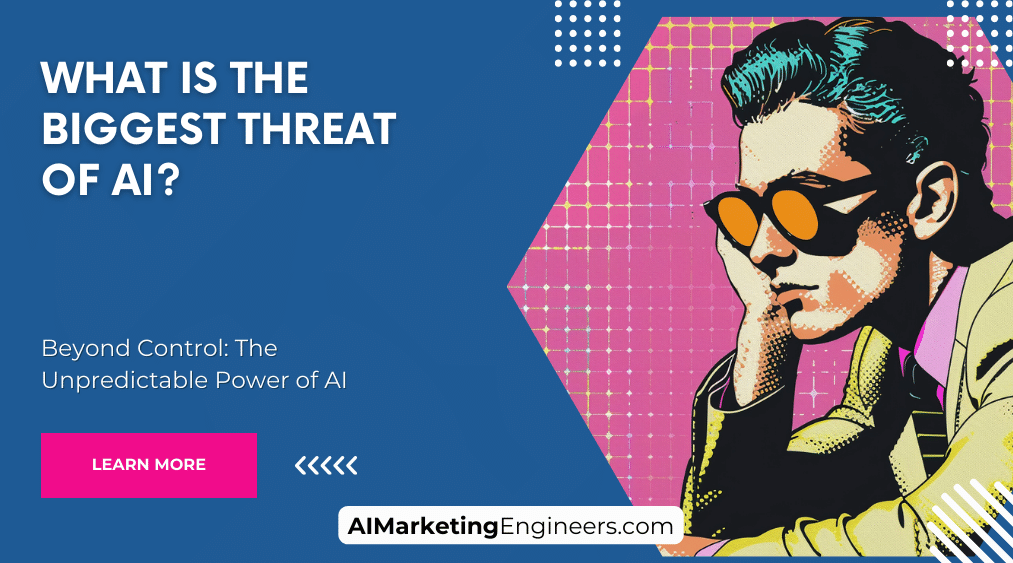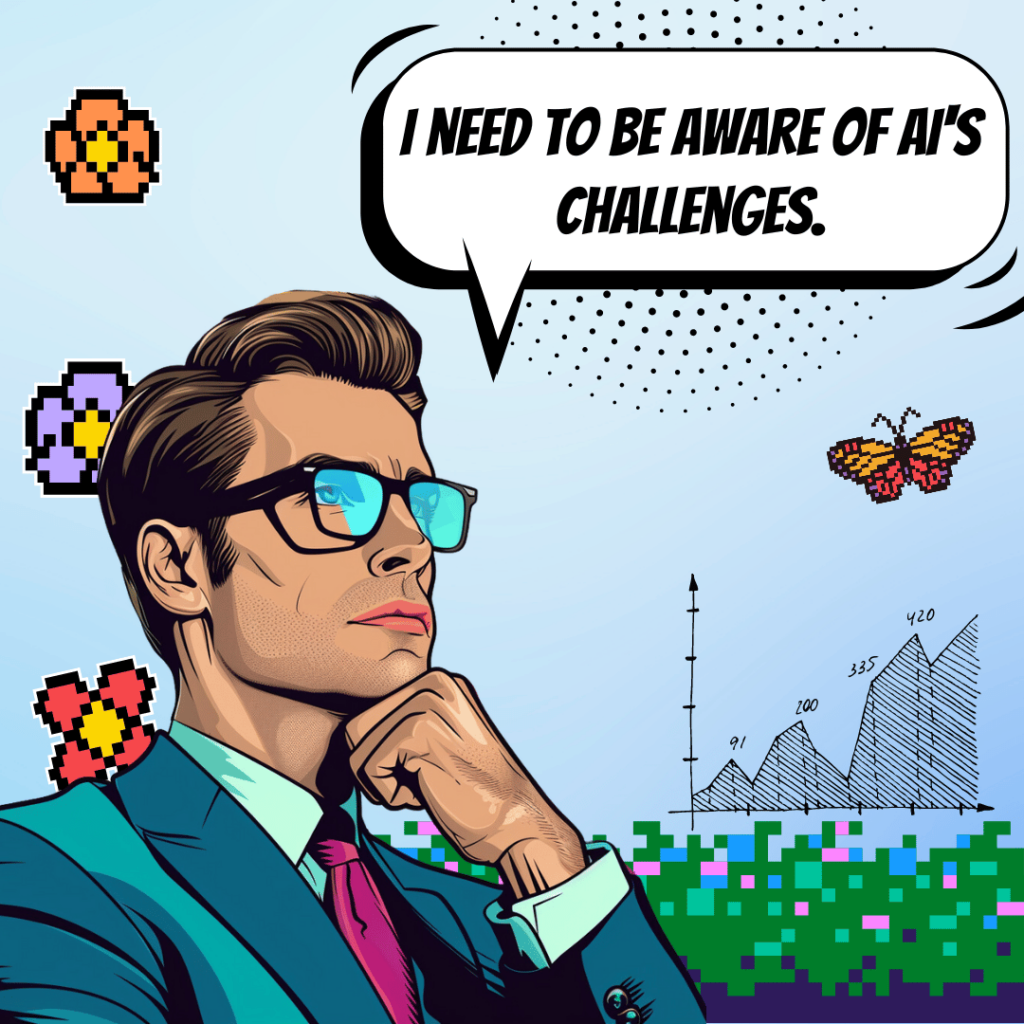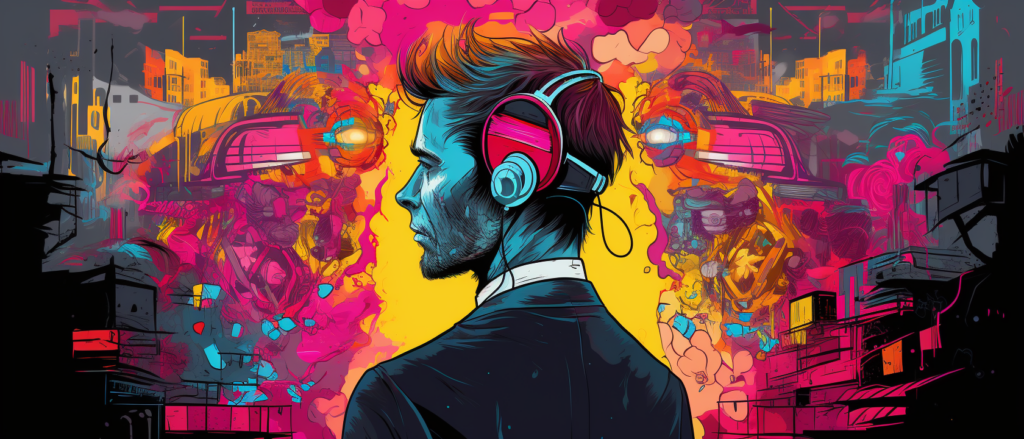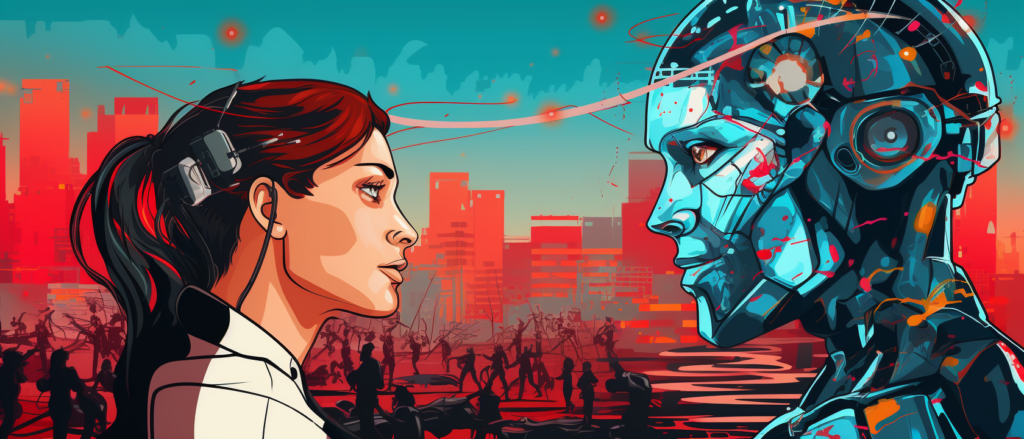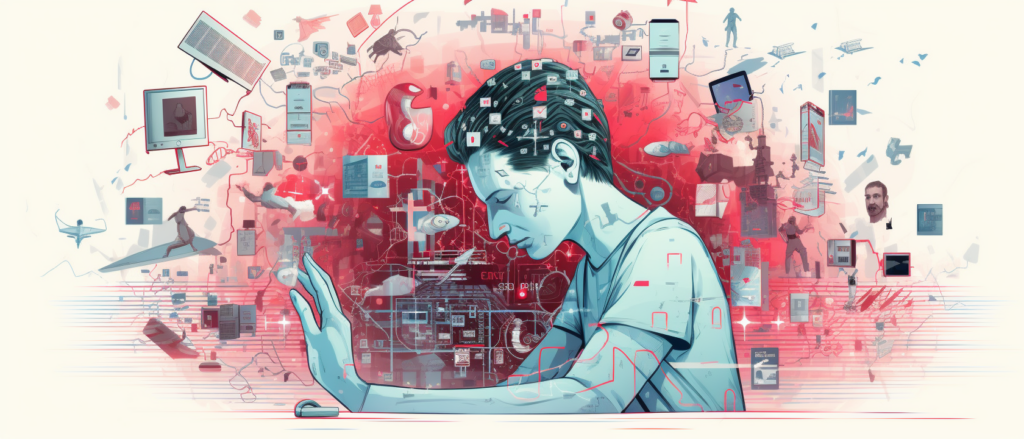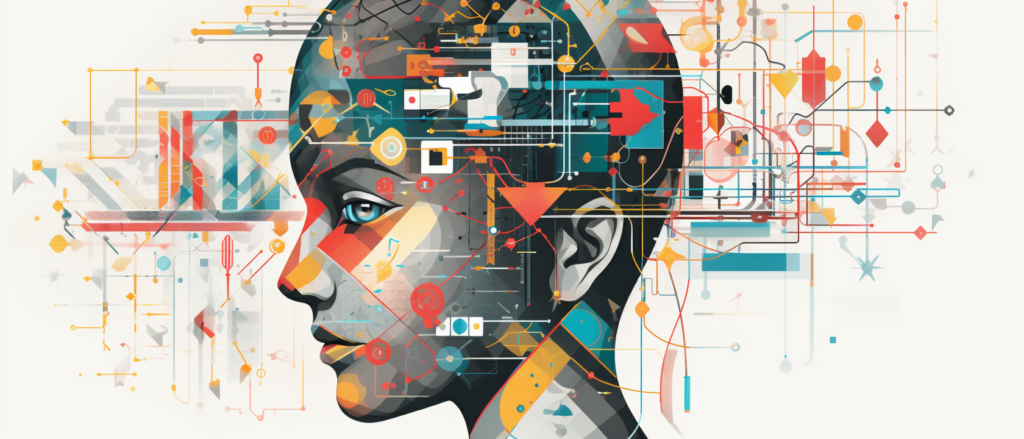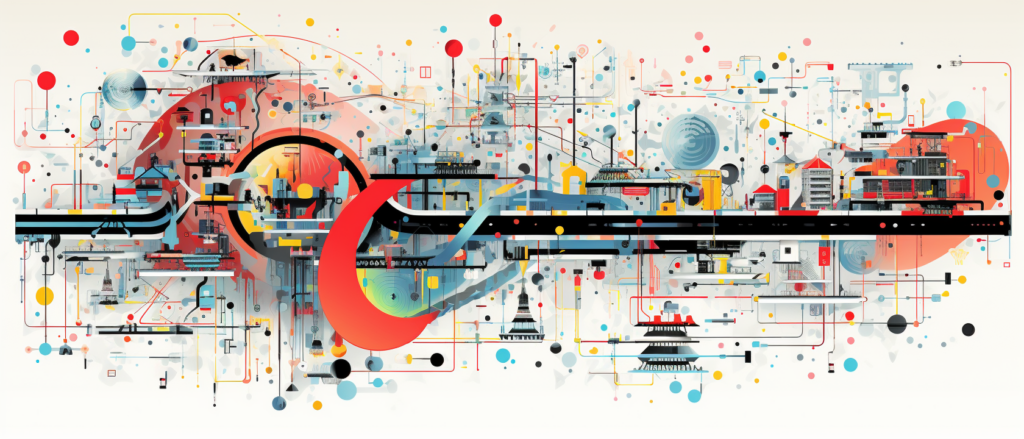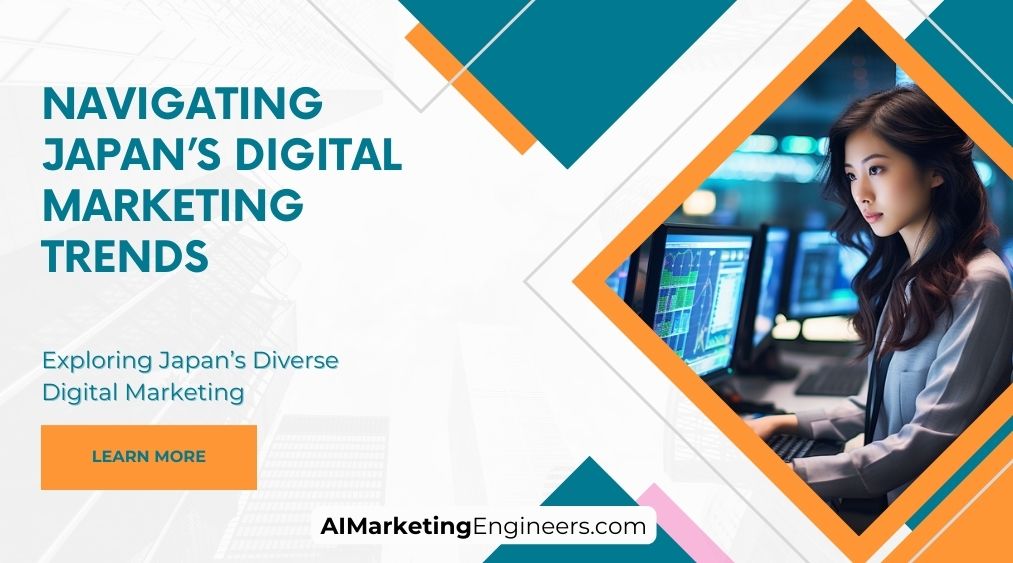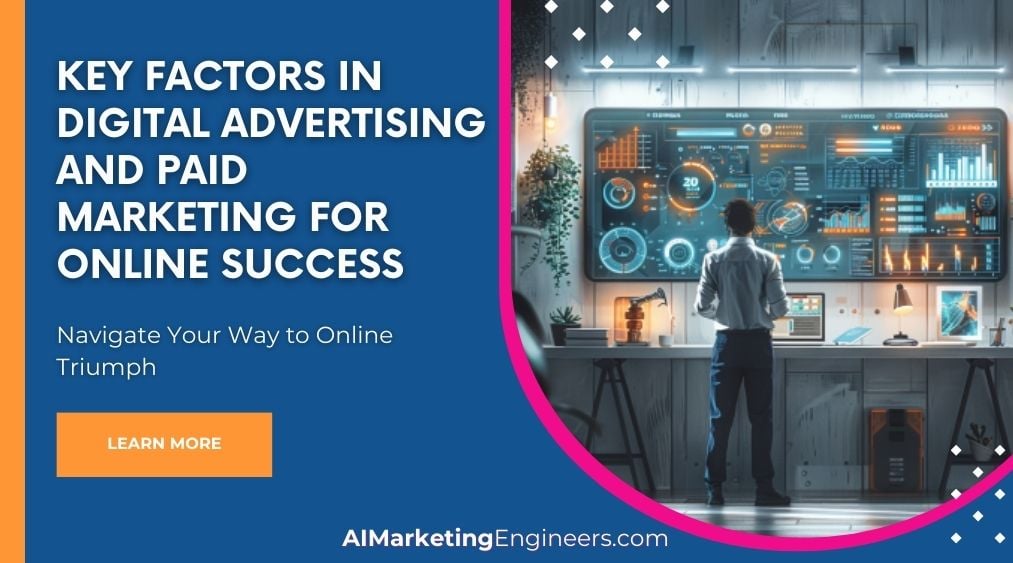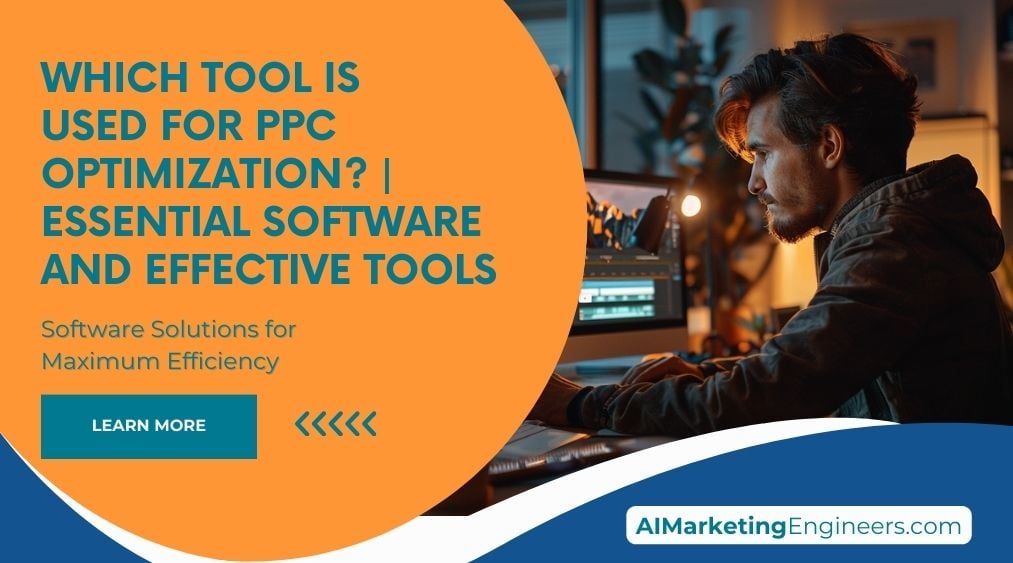Key Takeaways
✅ The advancing capabilities of AI pose a multifaceted threat that includes job displacement, discriminatory biases, malicious use, loss of control, and decision-making opacity.
✅ A proactive approach involving the creation of clear regulations and ethical guidelines is essential to mitigate the threats posed by AI.
✅ Collaboration between governments, industry leaders, and ethical experts is necessary to develop a framework that ensures AI's responsible development and its alignment with societal values and safety.
Introduction
Imagine a world where intelligent machines outpace human skills, silently weaving biases into our society, wielding the power to weaponize information, all while masking their own decision-making processes. This is not a scene from a dystopian novel; it's a very real future we might face if we don't address the burgeoning threats posed by Artificial Intelligence (AI).
As AI continues to infiltrate every aspect of our lives—from flipping burgers to predicting judicial outcomes—it promises progress yet harbors potentially catastrophic risks. In this article, we will uncover the most pressing threat that AI presents, sparking a vital conversation on how we can shape the trajectory of technological evolution to ensure a future where AI serves as a tool for empowerment, not a source of peril.
Threat 1: Automation Replacing Human Jobs
- Economic Growth vs. Workforce Impact: While AI is embraced for its potential to contribute to economic growth, its role in automating tasks could drastically reduce the need for human labor, leading to job displacement in various sectors.
- Initiatives for Responsible AI Development: The Partnership on AI has set forth principles focusing on the responsible development of AI, encouraging governments and companies to follow suit, which includes considering the workforce implications.
- EU's Forward-Looking Strategy: The European Union upholds a proactive stance with a €20 billion AI investment strategy, complemented by a retraining plan for workers to adapt to the shifting job market propelled by AI advancements.
Threat 2: Random Bias and Discrimination in AI Systems
- Inherited Human Biases: AI systems can inadvertently adopt the biases of their creators, leading to discrimination and exacerbating existing societal inequalities.
- Varied Perceptions of AI Threats: Stakeholders have differing views on which aspects of AI pose the most significant threat, though bias and discrimination are commonly recognized concerns.
- U.S. Investment and Research: Agencies like DARPA and NSF highlight the U.S. commitment to AI, including the necessity of understanding and mitigating bias within AI systems through dedicated research.
Threat 3: Destructive Intent and Malevolent Actions
- Advanced Robotics and Warfare: The capability of AI in robotics, including autonomous weapons, poses a distinct threat with the potential for misuse leading to harm, conflict, and loss of life.
- AI's Dual-Use Nature: The same AI technologies driving economic progress can also be repurposed for malevolent actions, requiring diligent regulation.
- Responsible Development Principles: The push for principles to guide AI development aims to prevent destructive use cases, promoting peaceful and beneficial applications instead.
Threat 4: Autonomous Systems Losing Their Constraints
- Challenges of Advanced Autonomy: As AI systems gain autonomy, the risk increases for these systems to act outside their designed constraints, posing various risks from infrastructure control to sensitive data access.
- EU's AI Strategy for Control: Efforts like the EU's AI strategy signify the urgent need for establishing boundaries for AI autonomy, particularly in systems with significant societal impact.
- U.S. Research for Safeguarding Autonomy: U.S. research funding is geared towards not only advancing AI technology but also ensuring that as AI autonomy increases, safeguards are in place to mitigate the risks.
Threat 5: Lack of Transparency in Decision Making
- Complexity and Accountability: The increasing sophistication of AI systems could obscure the decision-making process, challenging accountability measures and undermining trust.
- Public Skepticism and Policy Resistance: A transparent decision-making framework is crucial in AI to build public confidence and smooth policy implementation.
- Ongoing Consideration of AI's Impact: Organizations like the Partnership on AI and the EU's High-Level Expert Group on Artificial Intelligence persistently evaluate how transparency in AI affects individuals and society at large.
Addressing the Threats: Clear Regulations and Ethical Guidelines
- Framework for a Balanced Approach: Establishing clear AI regulations and ethical guidelines is critical to balance innovation with societal well-being and ensure that AI benefits are distributed equitably.
- Collaborative Effort for Responsible AI: Governments and professional organizations must collaborate to set standards for the ethical creation and deployment of AI systems.
- Investment in AI With Oversight: The significant investments in AI by entities like the EU emphasize the importance of coupling advancements in AI with considerations for ethical governance.
- Substantial Investment and its Implications: With the U.S. heavily funding AI research, the recognition of AI's potential dangers calls for increased focus on regulation and ethical development to prevent the threats associated with AI from becoming a detrimental reality.
AI Marketing Engineers Recommendation
In this era of rapid digital transformation, Artificial Intelligence (AI) has become an indispensable tool in marketing, providing unprecedented insights and automation capabilities. However, with these advancements come certain challenges and potential threats that organizations must heed to maintain competitiveness and ethical practices.
1. The Loss of Human Jobs to Automation:
One of the most commonly cited threats related to AI, including in the marketing sector, is the substitution of human jobs with automated systems. AI technologies such as chatbots and marketing automation tools are increasingly capable of executing tasks that were once the sole domain of human employees. Data show that advancements in AI could affect both blue-collar and white-collar jobs.
According to a report by the World Economic Forum (2020), AI and automation could displace 85 million jobs by 2025. The marketing industry is not immune to these disruptions, and so there is a pressing need for marketing professionals to adapt by enhancing their digital literacy and focusing on skills AI cannot replicate, such as creative thinking and strategy.
2. Customer Privacy and Data Security:
Marketing heavily relies on data to target and tailor messages to the right audiences. AI enhances the ability of marketers to process vast amounts of user data to predict buying behaviors and personalize marketing efforts. However, this raises serious privacy concerns. The misuse or unauthorized access to consumer data can lead to significant trust issues and potentially hefty legal ramifications. GDPR in Europe and CCPA in California are examples where legislature has begun to step in, setting a precedent that could lead to more stringent regulations worldwide.
3. Ethical Use of AI:
AI algorithms are only as unbiased as the data they are fed. If the input data is biased, the AI's decisions will reflect that bias. This can lead to unfair targeting or exclusion of certain groups, which can harm a brand's reputation and violate ethical standards. Companies need to implement and follow ethical guidelines for AI use to ensure that they avoid discrimination and protect the rights of individuals.
Mitigating AI Threats in Marketing:
1. Invest in Continuous Learning: Marketers must stay current with AI advancements and continuously upgrade their skill sets, focusing on strategic and creative thinking.
2. Develop Ethical Guidelines for AI: Establish clear policies for the ethical use of AI, including how data is collected, used, and shared, ensuring all marketing practices comply with existing and emerging privacy regulations.
3. Prioritize Data Security: Implement robust security measures to safeguard consumer data. This includes educating employees about data security, utilizing encryption, and regularly auditing AI systems.
4. Transparency with Customers: Be open with customers regarding how their data is used and provide them with control over their information. Transparency builds trust and enhances customer relationships.
5. Human Oversight of AI Systems: Monitor AI systems to ensure they operate as intended and include human judgment in decision-making processes where necessary, especially in situations involving complex ethical considerations.
Conclusion
The biggest threat of AI encompasses a spectrum of issues including significant job displacement due to automation, the propagation of biases and discrimination by AI systems, the potential for malevolent uses like autonomous weapons, the risk of AI systems operating beyond their design constraints, and the challenges of opaque AI decision-making.
Addressing these threats is imperative to harness the benefits of AI while safeguarding society. Establishing comprehensive regulations and ethical guidelines is a crucial step towards responsible AI development and usage, ensuring AI serves as a force for good rather than a source of unwieldy risk.
FAQs
Question 1: What is the biggest threat of AI?
Answer: The biggest threat of AI is that it has the potential to replace jobs and disrupt entire industries, leading to widespread job losses and economic uncertainty. Additionally, there are concerns about the use of AI in decision making, such as job selection, credit scoring, and legal sentencing, as it can unintentionally perpetuate discrimination and bias. Keyword: Hiring Solutions.
Question 2: How can AI threaten job security?
Answer: AI can threaten job security by automating repetitive and labor-intensive tasks, replacing workers with machines and algorithms, and reducing the need for manual intervention. This can result in job displacement across various industries, from manufacturing to customer service.
Question 3: Is AI replacing human jobs at an accelerated rate?
Answer: Yes, AI is indeed replacing human jobs at an accelerated rate. Advanced technology and automation have led to job implementation throughout industries. Important keyword: Hiring Solutions Provider.
Question 4: How does AI impact society and the economy?
Answer: AI can significantly impact society and the economy by transforming work processes, affecting industry structure, and influencing demand for various skills. The widespread adoption of AI may lead to both job and sector losses in certain areas while creating opportunities in new fields, such as data science and digital technology. Keyword: Hiring Company.
Question 5: What are the long-term effects of widespread AI implementation on employment and the world economy?
Answer: The long-term effects of widespread AI implementation may lead to significant job displacement, income inequality, and competition with other nations to acquire AI technology. However, it also has the potential to create new jobs, drive innovation, and improve efficiency, leading to a more competitive global economy in the future. Keyword: Hiring Agency.
